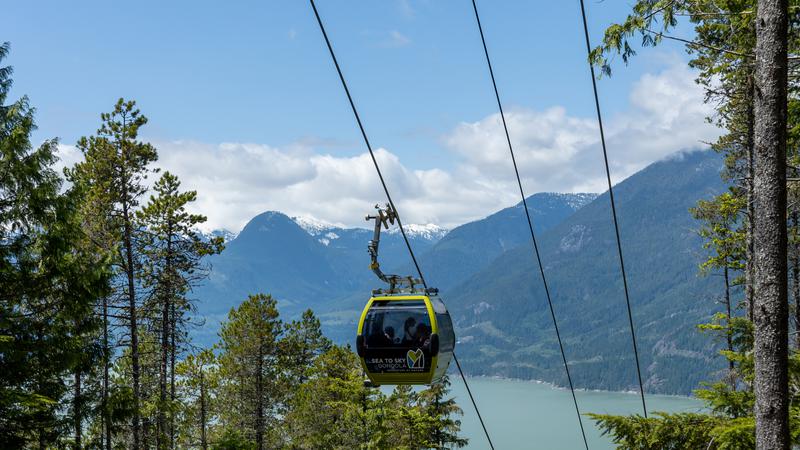
SOUND OFF: New ‘iconic’ Kamloops tourist attraction in development
TOURISM KAMLOOPS IS IN THE PROCESS of hiring a consultant to help develop an “iconic attraction” in Kamloops — an initiative that aims to “enhance the city’s appeal as a premier tourism destination in British Columbia”. The consultant will develop draft concepts for potential attractions tailored to Kamloops’ unique landscape, and ideally, publish a report on these ideas by May 2025, according to Tourism Kamloops. A recent report by the organization also indicates the city’s tourism industry is currently doing well. There were 13,800 international arrivals in the second quarter of 2024, down from 225,700 in Q2 2023. But, while the new tourist attraction is still in development, it’s also useful to highlight other exciting historical landmarks and hidden gems waiting to be explored within Kamloops.
Tourist attraction to complement Kamloops’ landscape
“The land dictates the iconic. It’s sort of a generalized statement. But if you have a canyon, you look at things like doing a suspension bridge. If you have a mountain that’s available, you look at gondolas,” says Nic Zdunich, Destination Marketing Manager at Tourism Kamloops. So, although there’s no indication yet what shape Kamloops’ proposed tourist attraction will take, it will complement the area’s scenic landscape. Kamloops Tourism has also noted the Sea-to-Sky Gondola in Squamish as potential inspiration. It’s a stunning gondola ride that takes people 2,900 feet above sea level, so they can enjoy amazing, eagle-eye views over Howe Sound.
Similarly, developers can also look to Vancouver’s Science World as another example of an iconic tourist attraction that successfully attracts 850,000 visitors annually. A science museum shaped like a silver dome, the building shimmers and sparkles on the waterfront, and instantly became a beloved landmark when it was first installed in the ‘80s. “We’re really just starting to bring some marquee interest holders around the table and say, what do we want to do here? What works here? What gives us a sort of competitive edge?” said Zdunich. “We’re hoping to work on that research over the next year.”


